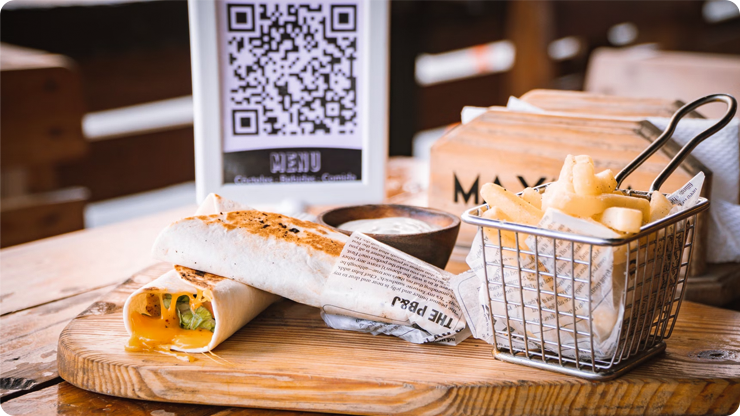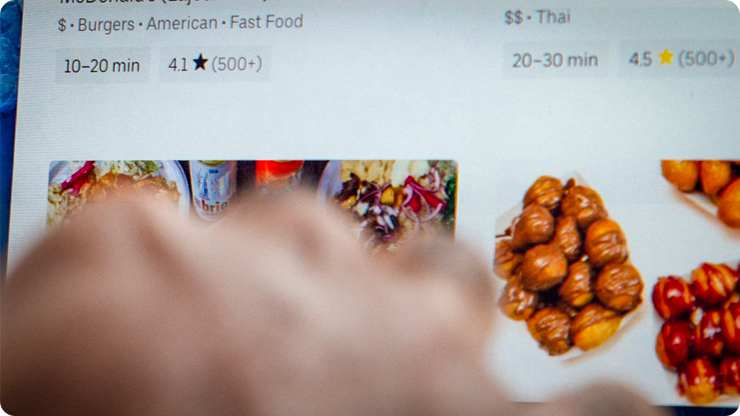From “Tessera Hospitalis” to First Party Identity Resolution – The Evolution of Loyalty in the Modern Age
Membership and loyalty programs have been around for centuries. The early Greeks created a system called "tessera hospitalis" that allowed members to eat free at certain locations. This concept was later adopted by many other cultures and civilizations, including ancient Rome and China.Since then, membership and loyalty programs have evolved. They are now more sophisticated to keep up with the changing demands of modern customers. Yet with more choices for customers and more cutthroat competition between restaurants, membership and loyalty programs are at an inflection point of utility. Can restaurants continue to leverage these programs to build loyalty? Or do customers see them as an outdated relic of a bygone time? And are there other, new ways to extract value from a loyalty program?
New Ways to Leverage Restaurant Membership and Loyalty ProgramsTo get the most out of these programs, restaurants need to be thinking of new ways to approach these programs that go above and beyond early access to a promotion or a discount. Instead of thinking about what other, new enticing offers can be made available to customers via a loyalty or membership program, savvy restaurants are taking a different view.With so many membership and loyalty programs powered by iOS and Android mobile apps, restaurants have access to a wealth of first-party data. This data provides a near-endless opportunity to better understand customers and competitors alike. Putting this data to work is another matter entirely.
Mobile Apps: Iterating on Loyalty and Membership Programs
With the transition to mobile apps, these programs have become more sophisticated. They've also become more beneficial for customers. Restaurants use mobile apps to track customer spending and preferences, as well as monitor competition. This information can then be used to create targeted offers and improve the customer experience. Additionally, mobile apps can be used to create a sense of community among customers, fostering a feeling of loyalty to the restaurant.To truly maximize the power of a loyalty app, restaurants need to use innovative tactics. This may include in-store QR codes, gamification strategies, and quick iteration of digital content. By doing so, they can better engage their customers and stay ahead of growing competition.

First-party data residing in Apps
The first challenge to leveraging first-party data from a membership or loyalty program is identifying how much data to collect. Too little data will leave you with a limited understanding of your customers. Too much can build barriers to joining, make for a burdensome UI for customer interaction, create privacy concerns and overwhelm marketing and data teams with information that is difficult to analyze or act upon.
Luckily, there are lots of ways for Restaurants to obtain more information about their customers, that don’t involve them asking them directly, or digging too deep into a customer’s privacy.3rd party data can help create cohorts within 1st party data so marketers can understand, connect, target, and inform customers in ways that are far more relevant than ever before. 3rd party data enhancement can help marketers understand customers’ demographic information such as age, gender, and location, behavioral data such as purchase history or frequency of visits, and psychographic data such as interests and purchasing preferences.Once you have identified the type of information that is most relevant to your business goals, the next step is creating a plan for how you will use this data to improve your restaurant membership or loyalty program.
This could involve creating more personalized experiences for customers, tailoring your offerings and promotions to their interests and needs, or using the data to gain insights into your competitors.
Finally, it is important to be willing to make changes and iterate as data sets and goals evolve. The data you collect will change and evolve as customer preferences shift over time, so it is essential that you remain nimble and agile in your approach.
Overall, restaurant membership and loyalty programs are an effective way for restaurants to attract new customers and build long-term loyalty. By leveraging the power of first-party data from mobile apps and 3rd party data to create further defined targetable groups, restaurants can create more engaging and personalized experiences. However, in order to be successful with these programs, it is critical to adopt a flexible approach that allows for quick iteration and constant evolution in response to changing market demands.

The Power Of Data
Once you have identified what data means the most to your organization and how to collect that data, the next step is figuring out how to act on this information. Many businesses are turning to sophisticated CDP and DMP management platforms to help them collect and organize their data. These are all well and good for the biggest players who can afford a team of data analysts and specialists to manage the complexity of the tools, but for most businesses, these are a huge capital expenditure that rarely returns a significant ROI. Loading data into a platform and hoping for the best is a poor way to extract maximum value from the data itself.
Alternatively, partnering with a data solutions company, like - oh I don’t know- Affinity Answers, can help you further understand your customers, create cohorts for targeting, scale your data for maximum reach, and track your competitors and your own restaurant's progress. For example, the creation of look-alike audiences that are closely aligned with a restaurant's best repeat customers is an option. So too is testing new markets to determine if there are enough potential "best" customers in the area to justify expansion.
If you are looking to stay ahead of growing competition in the restaurant industry, investing in first-party data and putting it to work is essential. Whether through mobile apps or other innovative tactics, the key is to continually innovate and evolve your membership and loyalty programs, ensuring that they remain a valuable resource for you and your customers.


